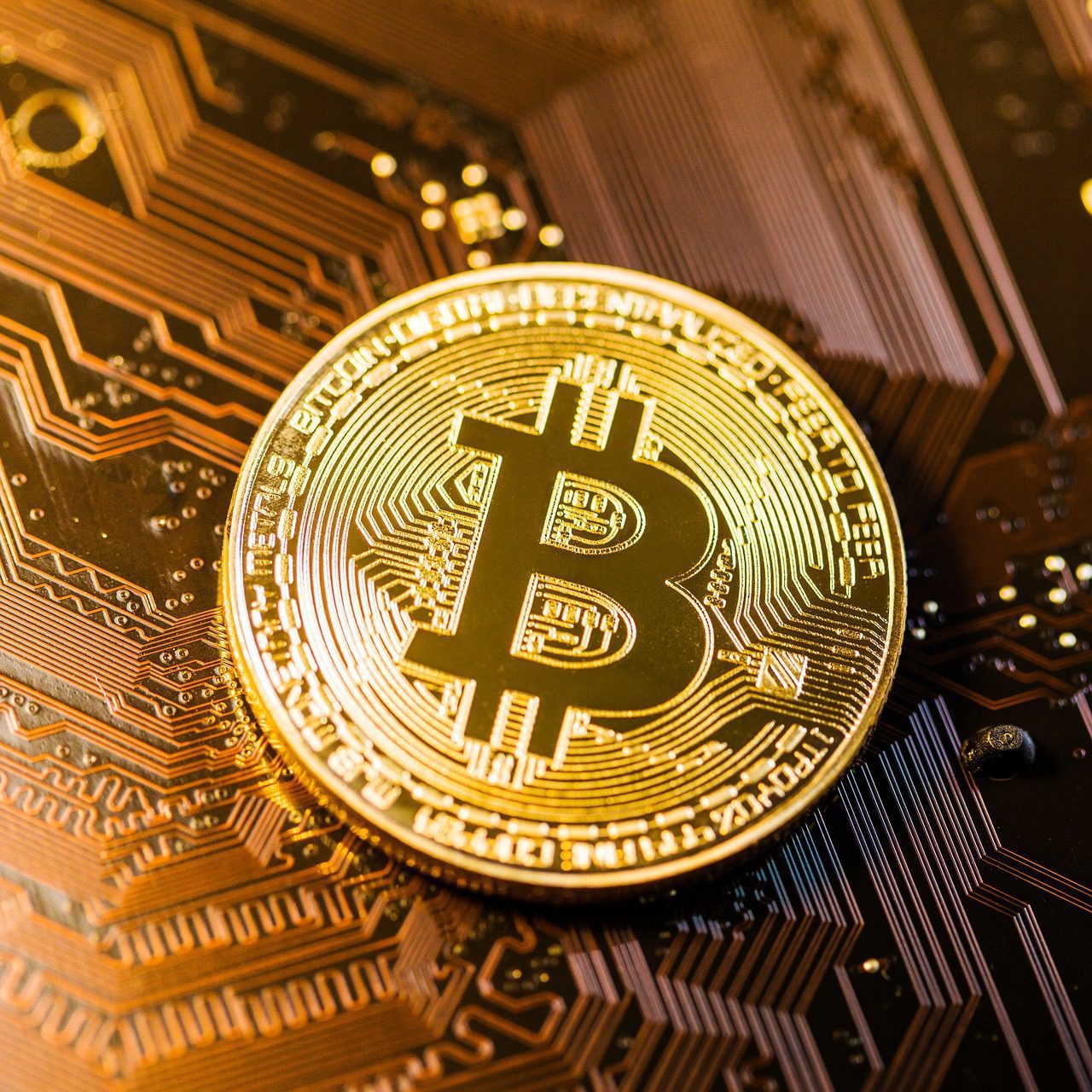In the world of cryptocurrencies, understanding how to manage and transfer digital assets is crucial. One of the key components in this process is the crypto wallet address. This article will explain what a crypto wallet address is, how it works, its different types, and essential safety tips for using it.
What is a Crypto Wallet Address?
A crypto wallet address is a unique string of alphanumeric characters that serves as an identifier for your cryptocurrency wallet on the blockchain. It functions similarly to an email address or a bank account number, allowing users to send and receive cryptocurrencies securely. Each address corresponds to a specific wallet and is essential for conducting transactions within the cryptocurrency ecosystem.

How Does a Crypto Wallet Address Work?
Every crypto wallet is associated with a pair of cryptographic keys: a public key and a private key.
- Public Key: This key can be shared with others and is used to generate your wallet address. It allows others to send you cryptocurrency.
- Private Key: This key must be kept secret as it grants access to your funds and allows you to sign transactions.
The wallet address is derived from the public key through a hashing process, which simplifies the lengthy binary format into a more manageable string of characters. For example, Bitcoin addresses typically start with “1,” “3,” or “bc1,” while Ethereum addresses begin with “0x” and are 42 characters long.
Types of Crypto Wallet Addresses
Different cryptocurrencies have different formats for their wallet addresses:
- Bitcoin (BTC):
- Legacy addresses start with “1” (e.g., 1A1zP1eP5QGefi2DMPTfTL5SLmv7DivfNa).
- P2SH addresses start with “3” (e.g., 3J98t1WpEZ73CNmQviecrnyiWrnqRhWNLy).
- SegWit addresses start with “bc1” (e.g., bc1qw508d6qejxtdg4y5r3zx8b0q0s8z9z6v9v6g).
- Ethereum (ETH):
Each type serves different purposes and may offer varying features such as transaction speed or security.
How to Create and Find Your Crypto Wallet Address
To create a crypto wallet address, you first need to set up a cryptocurrency wallet. Here are the steps involved:
- Choose a Wallet Type: Decide between hardware wallets (more secure) or software wallets (more convenient).
- Download or Purchase Your Wallet: Ensure you obtain it from reputable sources.
- Set Up Your Wallet: Follow the instructions provided by the wallet service.
- Generate Your Address: Most wallets will automatically create your wallet address upon setup.
- Find Your Address: Navigate to the “Receive” or “Deposit” section of your wallet app to view your address, which can also be shared via QR code for convenience.
Safety Tips for Using Crypto Wallet Addresses
Handling crypto wallet addresses requires caution to avoid losing funds. Here are some best practices:
- Double-Check Addresses: Always verify that the recipient’s address is correct before sending cryptocurrency. A single character error can result in irreversible loss of funds.
- Use Copy-Paste Functions: To minimize mistakes, use copy-paste instead of typing out addresses manually.
- Send Test Transactions: For larger transactions, consider sending a small amount first as a test before proceeding with the full transfer.
- Keep Your Private Key Secure: Never share your private key; doing so can lead to theft of your assets.
Conclusion
A crypto wallet address is an essential element in managing digital assets within the blockchain ecosystem. By understanding its function, types, and best practices for safety, beginners can confidently navigate their entry into cryptocurrency trading and investment. Remember that while these addresses simplify transactions, they also require careful handling to ensure the security of your funds.



